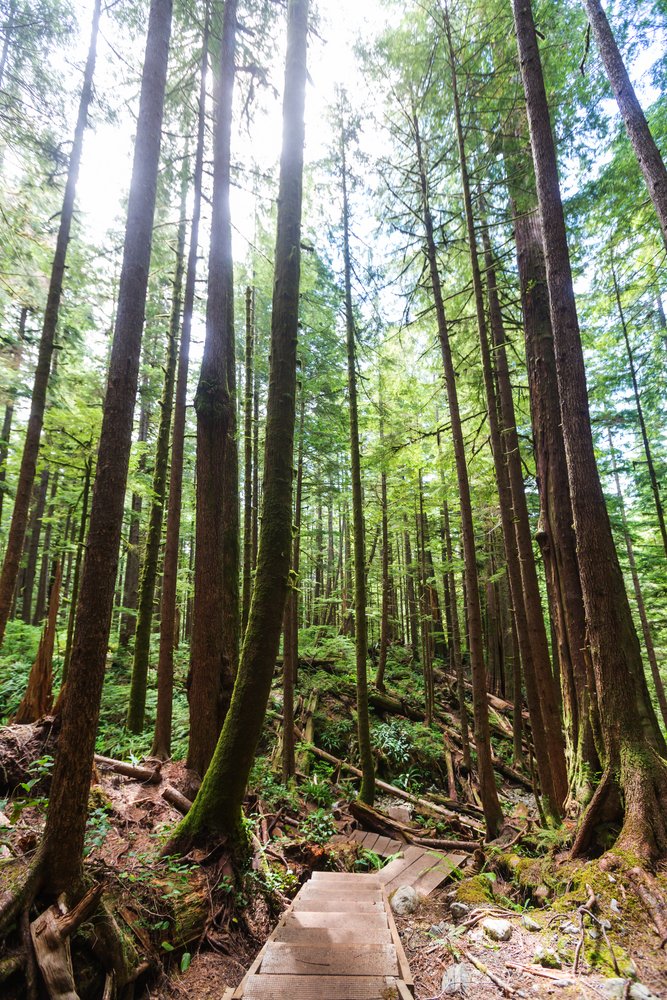Slow Seminar no. 41
Hemlocks and Anthropogenic Woodlands
Info about event
Time
Location
Jens Christian Schous vej 3, 8000 Aarhus C (1451, 515).
Please join us for the next AURA slow seminar on Tuesday 13 March between 17.00-20.00 at Jens Christian Schous vej 3, 8000 Aarhus C (1451, 515). Please RSVP to me if you are planning on attending and let me know if you have any dietary restrictions, as I will order sandwiches.
The seminar will be a joint seminar with University of California, Santa Cruz. Anna Tsing presents the topic below:
Due to the exigencies of life, both the date and the topic are different from those announced at the last slow seminar. We have been overdue for a topic that draws in our natural science audience, and we are excited to read the both accessible and important book edited by David Foster and Stephen Long, Hemlock: A Forest Giant on the Edge (Yale University Press, 2014). Foster and Long are ecologists at Harvard Forest; they are known for their interest in combining ecological and historical perspectives in the study of anthropogenic woodlands.
Why hemlock? Despite the fact that eastern hemlocks are not found in either California or Jutland, this “foundational” tree can bring us to many key issues for our times. Hemlocks are dying out completely from the northeastern United States because of the assault by an accidentally imported Asian pest, the wooly adelgid. For those of you interested in how Anthropocene pests and pathogens are affecting our world, hemlocks can open discussion. For those of you interested in other kinds of organisms, important comparisons can be made. Hemlocks make whole ecologies possible; comparisons to coral reefs, for example, are in order.
Because the Harvard forest has conducted long-term studies, we know that hemlocks died out once before, around 5000 years ago, and that it took several thousand years to reestablish hemlock populations. Those of you interested in time in the Anthropocene should have an important case to think with. Botanist/historian Oliver Rackham taught me that there is a difference between accidental introductions of pests and pathogens that come as a concomitant to human travel, on the one hand, and the speed and scale of the industrial nursery trade, on the other. Trees, he argued, have always been hit by pathogens; but they cannot keep up with the current onslaught. Whether you think he is wrong or right, there is much to discuss here, too, about capitalism and the Anthropocene.
I’m sure some folks will want to talk about metaphors of invasion in more-than-human social analysis. Is the invasive label wrongly applied to the wooly adelgid, or is it a creature of empire? The approach offered in this book can also model the possibilities of combining humanities and natural science observations through attention to history and historicity.
For those of you pressed for time, I suggest reading only through Chapter 7, about 130 pages. The front matter and the interludes may be useful. (Note too that there is a bibliographic essay for those who want to pursue more.) The prose is straight-forward and inviting, at least to me.
Some of you know that AURA will be hosting an international conference on “Woodlands in the Anthropocene” in June. (Hats off to Heather Swanson, Alark Saxena, and Jens-Christian Svenning!) Any of you with interest in this conference will find this book a key text.
How should you get the book? Luckily, the book is available, chapter by chapter, on JSTOR. We have also made a Dropbox file with the chapters. Please let Alder Keleman Saxena know if you would like us to share that Dropbox with you.

